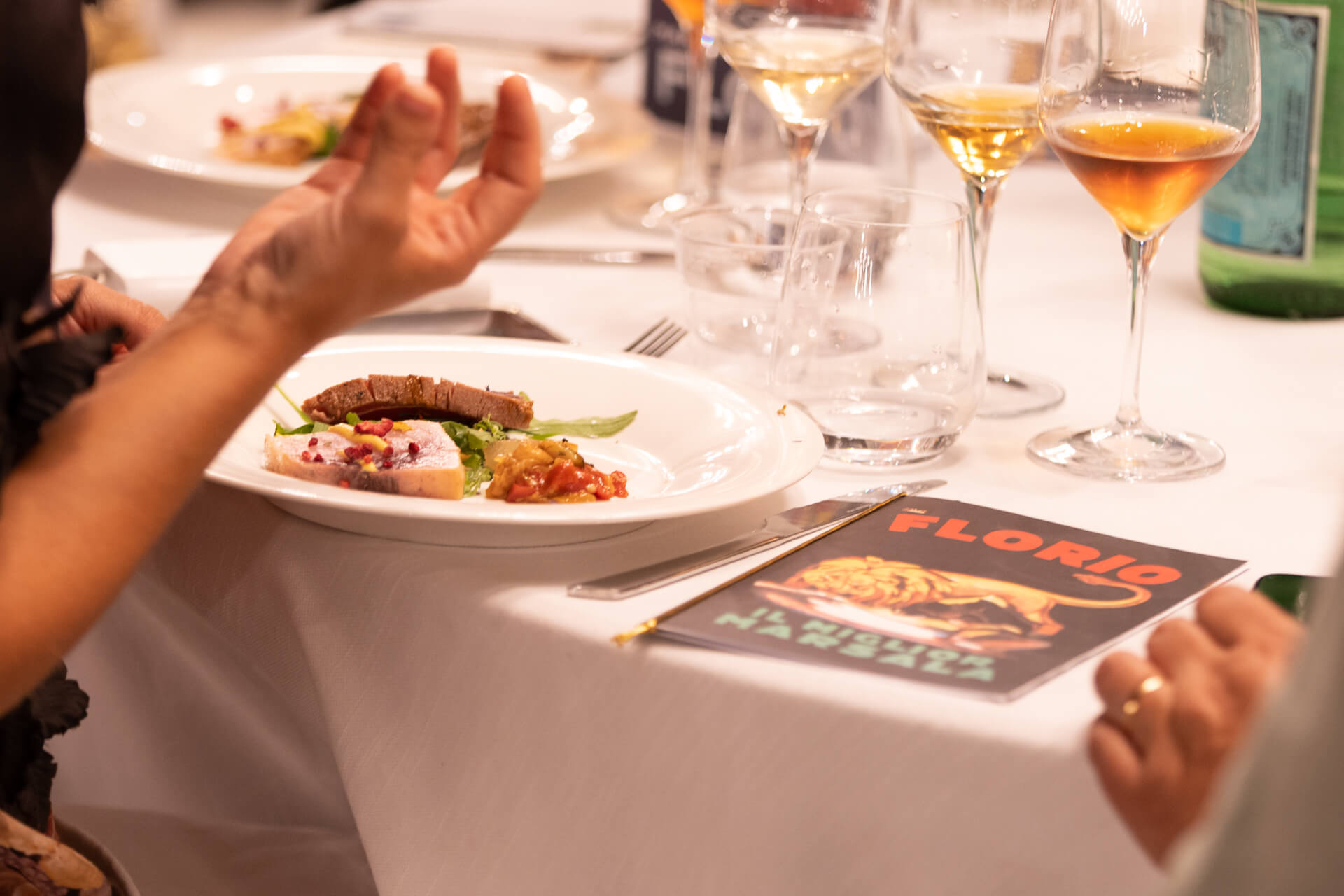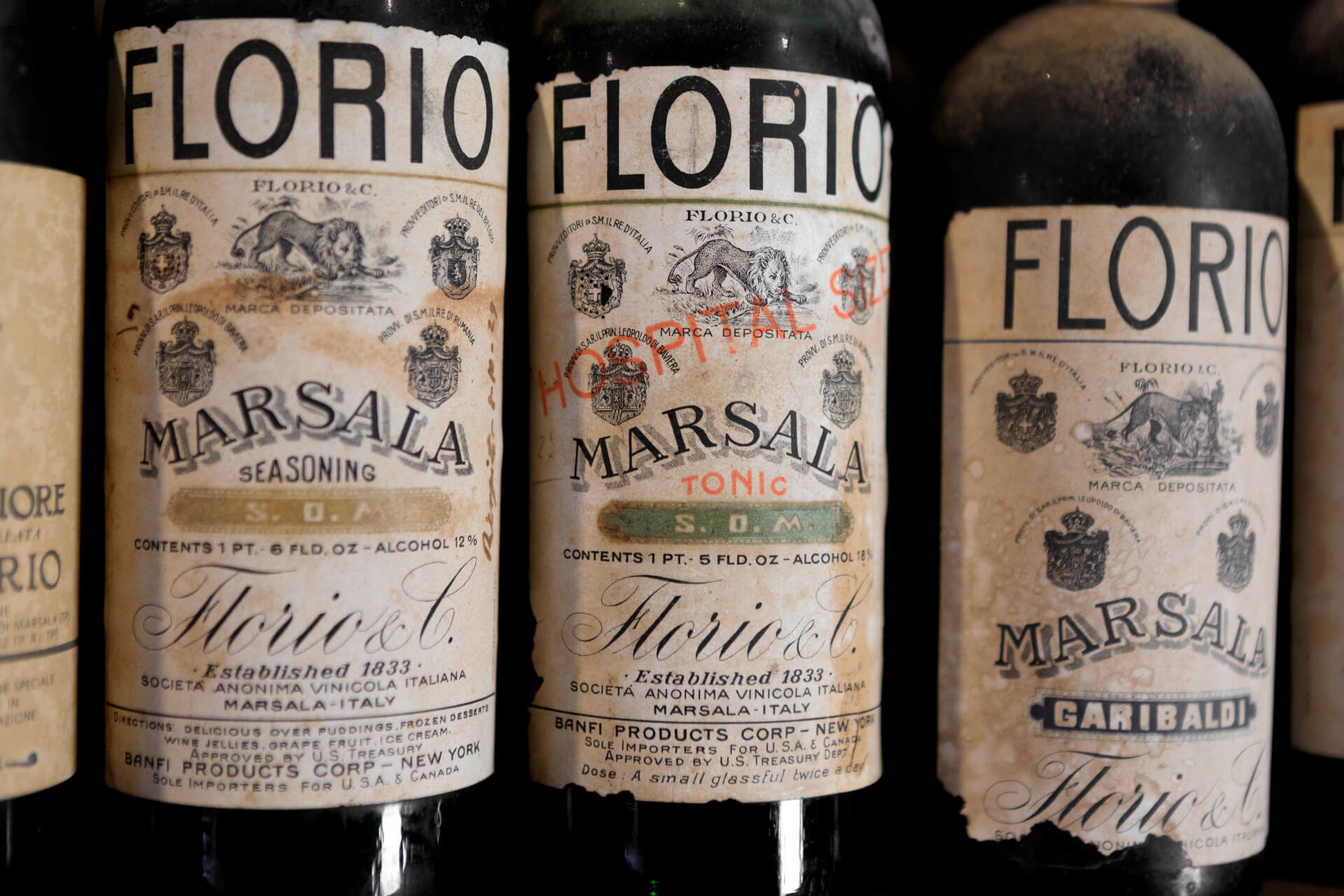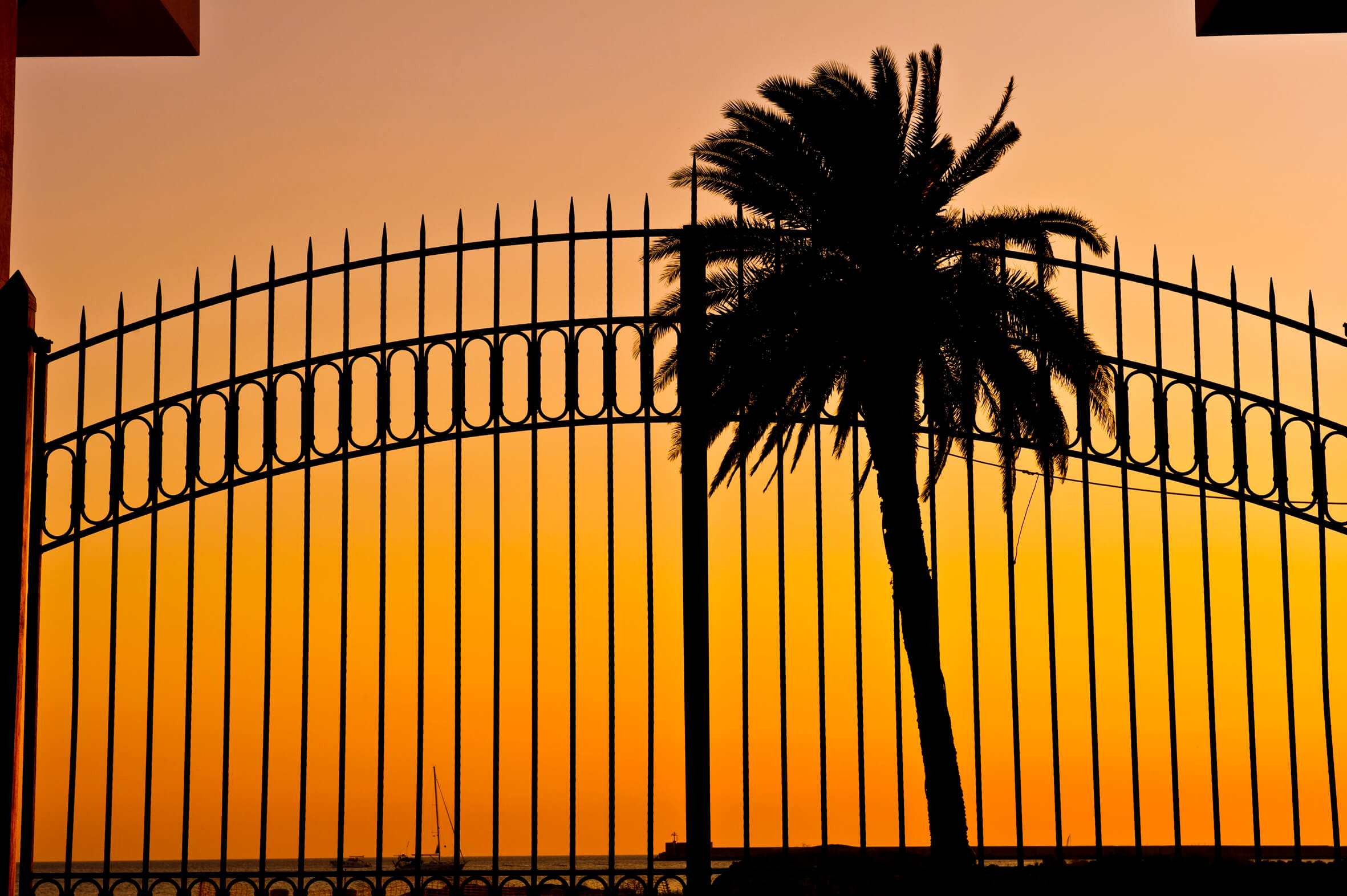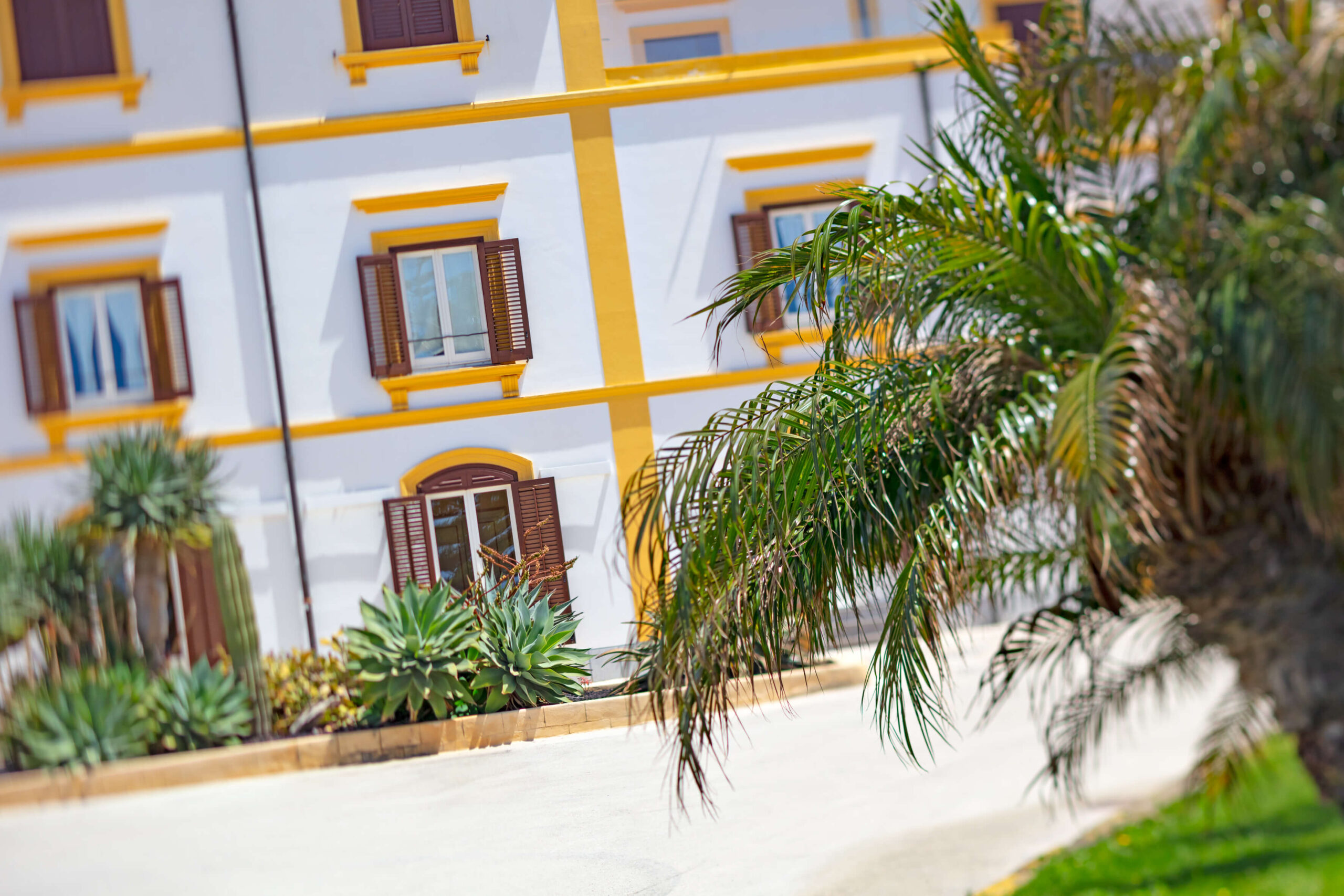The island of Favignana and the Florio family. A history to discover
Anyone who has visited Favignana cannot help but fall in love with it.
Amidst the stunning landscapes, unspoilt nature and crystal-clear sea of this wonderful island, time seems to stand still, capturing a simple and unique beauty.
Many are familiar with postcard views of Favignana, but did you know that its history is closely linked to that of the Florio family?
The most influential family of its time greatly contributed to the artistic and economic development of Favignana, turning it into a true laboratory of innovation and a benchmark for cutting-edge industrial techniques.
So, are you curious to follow in the footsteps of the Florio family in Favignana?
Let’s start with a bit of history
The Florio family’s businesses in Favignana began in 1841, when Vincenzo Florio, by then already an established businessman, took over the management of the tuna fisheries of Formica and Favignana, seeing a great business opportunity in the tuna market.
Vincenzo Florio made a remarkable contribution to tuna fishing: a practical man with great ingenuity, he invented a new system for catching fish, the ‘montaleva’, perceived new uses for tuna, and successfully introduced the use of oil to preserve it.
When the tuna fisheries lease expired, the Florio family left the island for a while, but their paths would soon cross again and intertwine with the history of Favignana: in 1874, Vincenzo Florio’s son, Ignazio, bought the Egadi islands, the tuna fisheries and the surrounding seas. He started a thriving tuna trade that would change the destiny of the island and turn it into one of the major industrial sites of the 1800s in Sicily.
Not only industry but also culture and social life seemed to benefit from the Florio family’s presence in Favignana: by courtesy of Ignazio’s enterprising wife, Donna Franca, the island became a real social gathering place, a destination for illustrious personalities who, having come to Favignana as guests of the family, were captivated by the beauty of the island.
So, let’s now explore the lanes and coves of the island, following in the footsteps of the Florio family!
The village of Favignana now as it was
After landing in Favignana, you will only have to walk a few steps to see the first visible trace of the Florio family. It is a true tribute to Ignazio Florio, to whom the islanders dedicated a statue in Piazza Europa.
This is just the first of many signs of the family’s importance to the island, so take a stroll from here along the waterfront and along the streets next to the old port: you will feel as if you have gone back in time, on a sunny day at the end of the 19th century!
Palazzo Florio: Art Nouveau in Favignana
It will be one of the first things you see when you land on the island: Palazzo Florio has a sassy charm reminiscent of late 19th century atmosphere and looks very much like the Villino Florio in Palermo. With an exterior built in neo-Gothic style and interior furnishings in Art Nouveau, Palazzo Florio was commissioned by Ignazio Florio and designed by the architect and engineer Giuseppe Damiani Almeyda of Palermo. It became the family residence during the ‘mattanza’ (tuna fishing) period. During the Belle Époque years, Palazzo Florio became a crossroads for the royalty of half of Europe, hosted by the most glamorous couple at the time, Donna Franca and Ignazio Florio Jr.
Palazzo Florio is now owned by the Municipality, home to a permanent painting exhibition and the municipal library. The guided tour offers interesting insights into the history of the building and the economic and cultural life of the entire archipelago, a fundamental step in delving into the history of the Florio family and the island. You will be enchanted by a visit to this architectural gem during your stay!
The Tuna Fishery, the symbolic place of the Florio family
If you want to take a journey through Favignana’s history, make sure you do not miss a visit to the Florio tuna fishery. Officially called the ‘Ex Stabilimento Florio’ of the Favignana and Formica tuna fisheries, it includes the tuna fishery premises and an adjoining factory for preserving the catch. Covering 32,000 square metres, it is one of the largest tuna fisheries in the Mediterranean.
The first nucleus of the premises came into being thanks to Giulio Drago from Genoa, who rented the tuna fishery in Favignana in 1859. However, the grandiose building visible today stemmed from the initiative of Ignazio Florio, who commissioned Almeyda again to renovate it in 1878. Almeyda made it a gem of industrial archaeology, a complex of tuff stone floors, majestic arches and very high ceilings, reminiscent of great cathedrals.
It is indeed a sacred place, in some respects. Not only is it the place that houses the equipment and boats used for the ‘mattanza’, representing one of the most thriving tuna canning industries, but also, and above all, it is the symbol of the history of the Florio family and its connection with the life of the islanders, who found social liberation from poverty in tuna-fishing activities.
Among the places to visit in Favignana, be sure not to miss the Archaeological Museum situated here. It houses artefacts found on the Egadi Islands, and the old tuna production and storage premises, such as the impressive ‘oil room’, where the murmuring of the workers canning tuna around the large stone tables still seems to resound today.
A boat trip that the Florio family used to go on by yacht
The story goes that Donna Franca and Ignazio Florio loved to indulge in long sea trips aboard the luxurious yacht Aegusa, and enjoy relaxing dips in the precious coves bordering the island.
So, now we come to the most leisurely leg of the trip: be sure not to miss the opportunity to embark and visit Favignana by sea.
Indeed, Favignana offers many beautiful secluded spots, some of which are fairly difficult to reach by land and therefore ideal to visit by boat: Cala Rossa, Cala Azzurra and Cala del Bue Marino are the three most important ones to visit.
Cala Rossa is one of the most stunning beaches in the world. Situated at the north-eastern tip of the island, the cove is set among spectacular tuff cliffs, with dazzlingly beautiful and bright, crystal-clear water, making it truly unforgettable.
Cala Azzurra is also a true paradise for sea lovers. It is located along the south-east coast, where the sea water is tinged with infinite shades of blue with a distinctly exotic appearance. A true masterpiece of nature!
Then there is Cala del Bue Marino, which you can get to on the eastern side of the island, the perfect spot for diving enthusiasts. It is formed of steep tuff cliffs, which enclose several man-made caves. A gem just waiting to be explored!
Aegusa and the butterfly-shaped island
We previously mentioned the name of Ignazio and Donna Franca Florio’s yacht: Aegusa.
The name of the boat was a true tribute to Favignana: Aegusa is indeed the ancient Phoenician name for the island. This name, which comes from afar and harbours a precious history, is also the name chosen by Vincenzo Florio for one of his most successful winemaking treasures. We are talking about Marsala Semisecco, which Vincenzo loved to offer his guests and which he renamed Aegusa, a tribute that the Florio Wine Cellars wanted to pay to the island so beloved by the family.
Tasting a glass of Aegusa while watching the Favignana sunset will be a uniquely emotional experience that you will take back with you forever when you return from your trip.
Are you ready to set sail to the Egadi Islands? Favignana awaits you, with all its poignant and irresistible beauty!



